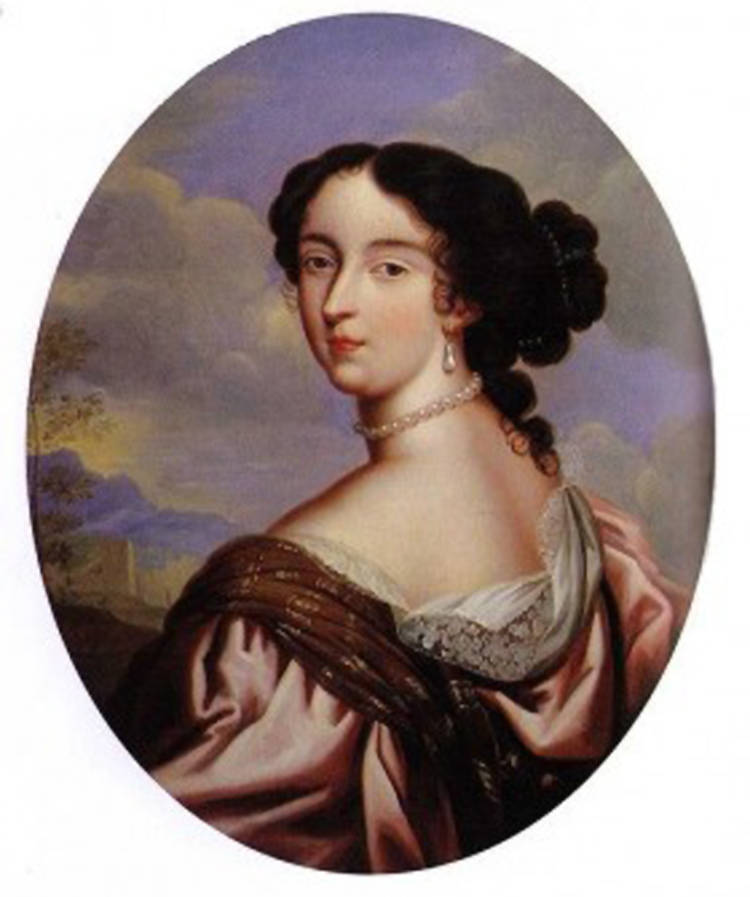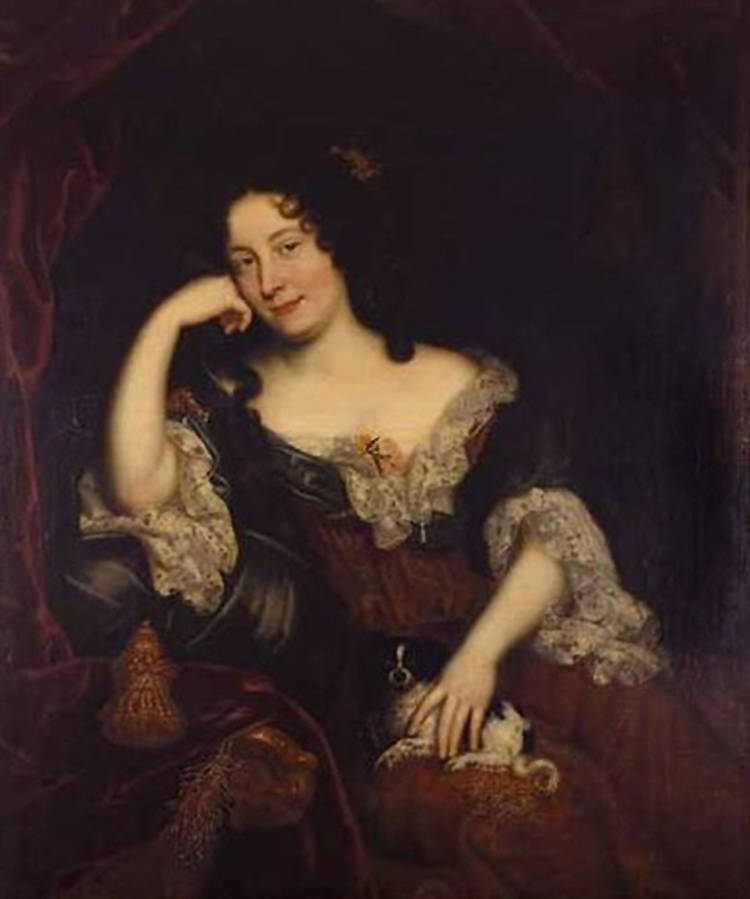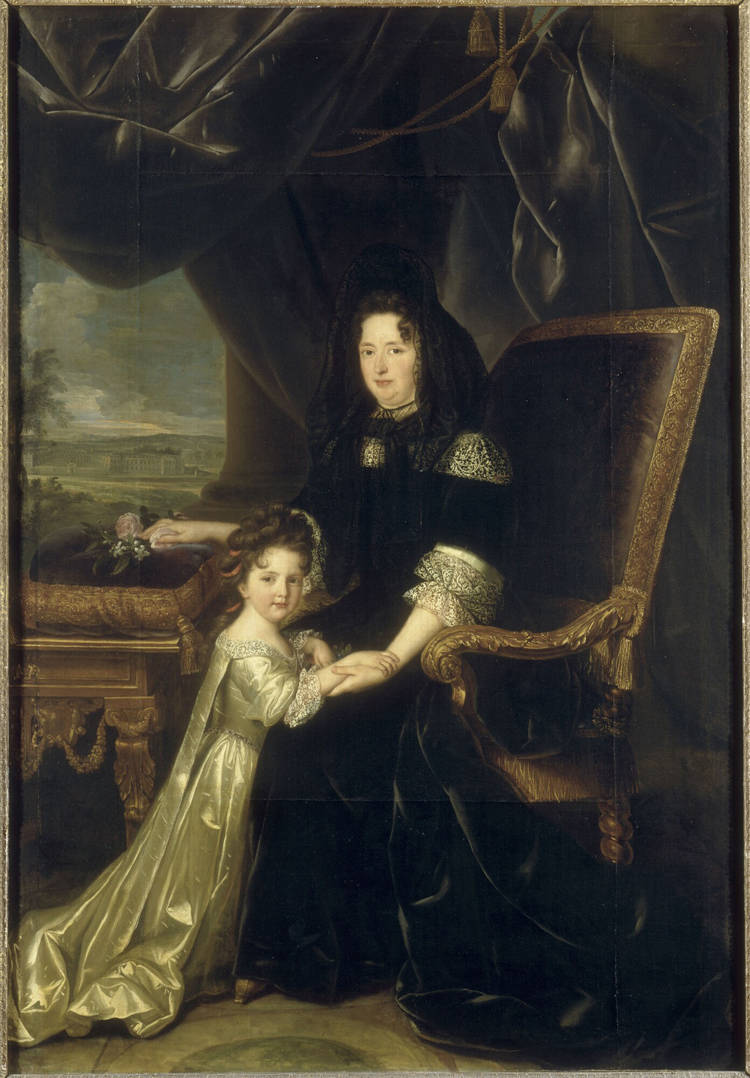The crazy demands of Marie Antoinette, such as the personal chocolate chef, the rich tables with legendary foods such as bird stomachs and poached truffles, are some of the features of Versailles that are well known.
The name Francoise d 'Aubigne, however, of the woman who ruled Versailles as his secret wife king Louis XIV remains unknown to the general public.
Known more as Madame de Maintenon, although she was born in a prison, she eventually managed to become one of the most powerful women in the world.
A smart woman, with strategy and plan, she managed to evict the king's mistress who helped her find a job in the palace, to climb the social life of Paris using her marriage to an old man and to show herself in the spiritual scene of the city. .
After taking over as governor of the king's illegitimate children, she won the Marquise de Maintenon title and managed to secretly marry the king, ruling by his side for more than three decades.
Wondering how the poor daughter of a murdered and betrayed prisoner became queen of France in all but her name?

Born in prison, Francoise could only go higher than that in her life, as it happened after all. Daughter of the criminal Constant d'Aubigné - had been convicted of treason, murder, kidnapping, debt, and involved in a revolt against the throne - and his wife Jeanne de Cardilhac, whom he married in prison and with whom they had three children , from the very first moment of its existence was treated as the absolute "nothing", while social exclusion was the basic element of her life.
When her father was released from prison in 1643, he took his family to the West Indies, where he died a few years later. Francoise returned to France with her mother and to make a living she was forced to beg on the streets. At the age of 16 she also loses her mother, with her aunt taking care of her diet.
In order to get rid of her existence at the age of 17, she marries her author, 25 years older, Paul Scarron. "It was not out of love. "I preferred to marry him, rather than be locked up in a monastery," she said a few years later.
Her first husband, although paralyzed (which meant that Francoise would serve him as a nurse in their small apartment in Paris), was also the one who introduced her to culture.
In their living room, then, they hosted philosophers, writers and intellectuals of the time to exchange ideas and refute religious fanaticism. It was here that Madame Scarron, now, met people who would completely change her life.

At the age of 25, Madame Scarron was found a widow, with her husband inheriting nothing more than a mountain of debt. She wanted to continue her involvement with philosophy and literature, but once again fate overtook her. She was poor again.
But she was young and beautiful, and had made contact with wealthy Parisians through meetings at her home. One of these contacts was the popular and influential Madame de Montespan, the favorite mistress of King Louis XIV.
Her blue eyes, blond hair and glamorous figure had given her the nickname Athena, and although she was married to the Marquis de Montespan, this did not prevent the king from having an affair with her.
As the king's mistress, then, Madame de Montespan had the wealth, prestige and power to help her young and poor friend, Madame Scarron. Thus, in 1669, he invited Francoise to take over the king's illegitimate children, a role quite important to her, as it turned out.

Francoise, raising the king's illegitimate children, settled in a private residence in Paris, where the king would visit in secret. The two first met when Madame Scarron was 36 years old (three years older than the king) and the first impression made in Ludovico was that he was an authoritarian and intolerable man.
When, however, in 1674 Scarron managed to cure and keep alive one of the king's sons after a serious illness, Louis awarded her the title of Maintenon, transforming her into Marquise de Maintenon, with Francoise for the first time. in her life to feel safe, as she had a noble title, was financially independent and had been "embraced" by Versailles.
Madame de Maintenon ascended from prison to the palace using her intelligence, connections and strategy to win the king's heart and rule next to him.
Thus, after the end of his relationship with Montespan's girlfriend, Francoise found the field free and instead of trying to take on the role of the king's mistress, she advised him to reconcile again with his wife Maria Theresia of Austria, for which did not seem to care throughout their marriage. After her death queen in 1683, Madame de Maintenon ended up taking on her role.
The king's relationship with Francoise began to become more and more formal. Just three months after the death of Maria Theresia, the Archbishop of Paris married Louis and Maintenon in a secret ceremony. Their marriage was never announced in public, in part because of the king's new wife's origin, and Madame de Maintenon never received the title of Queen of France, although she held the role for the next 32 years.
Madame de Maintenon's meteoric rise created many enemies in Versailles, as she was seen as a greedy and ambitious woman.

Knowing first hand what it is like to live in poverty, the secret queen, after marrying Louis, dedicated herself to creating a school for poor girls. The Maison Royale de Saint-Louis, also known as Saint-Cyr, was created to provide education to girls who did not have the resources to attend a school.
The full operation of the school, which was designed to be able to teach 250 girls, was undertaken by her, with the curriculum including religious, reading, writing, mathematics, Latin and arts. With its own guidelines, Saint-Cyr focused on a practical training that would prepare the girls for their adult lives.
There were many, however, who blamed her for the latest failures of Louis's rule, with most calling her a greedy and wicked woman who was too ambitious and pretended to be pious in order to win the king's favor.
History may remember her this way, but Madame de Maintenon's ambition and intelligence (she died three years after Louis's death in 1719 and was buried in Saint-Cyr) saved her from a life of poverty, which ended up with her portrait hanging on the walls of Versailles - not bad for a girl who was born in prison.
